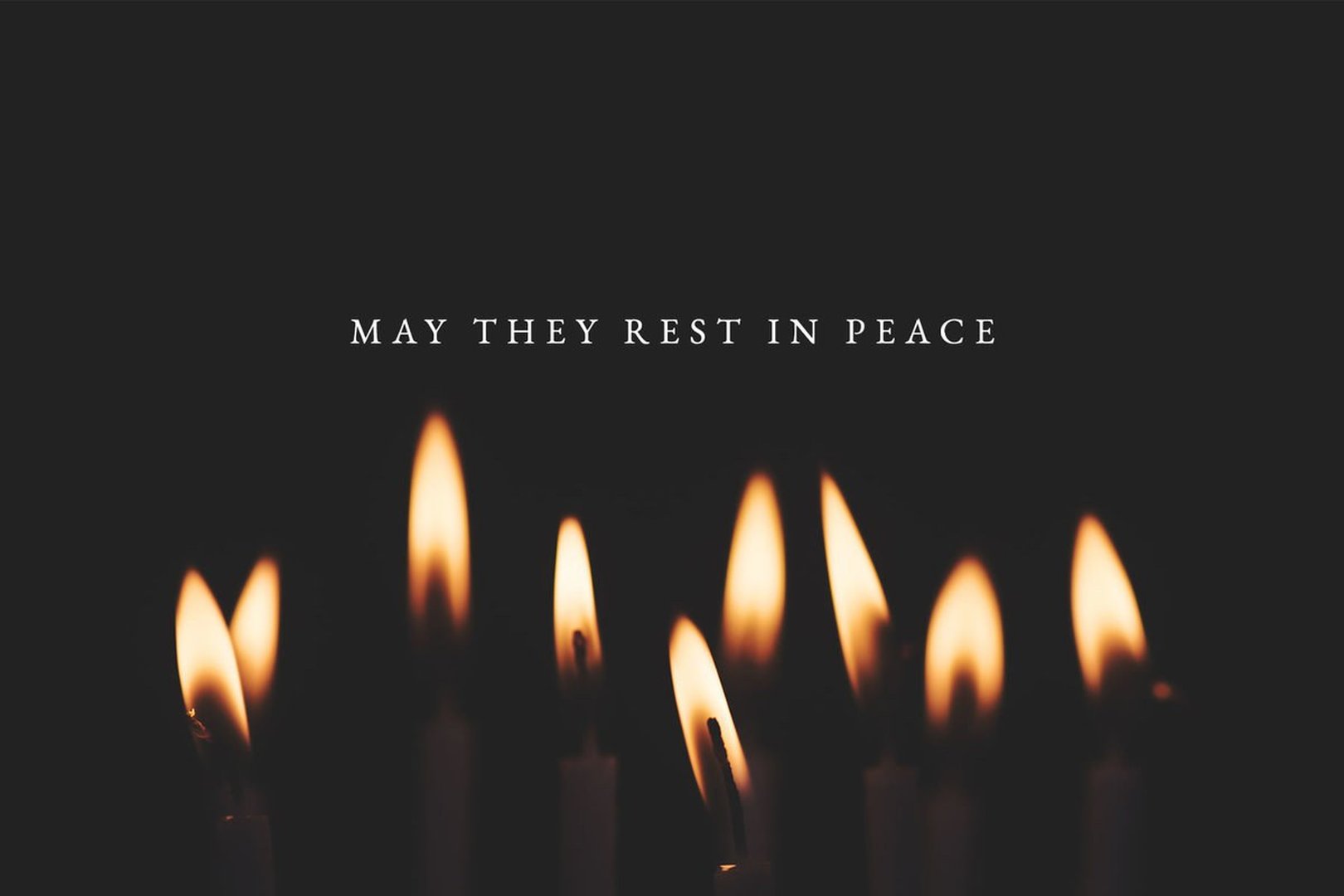ORCHARD LAKE — The three-point line in basketball was first tested at the collegiate level in 1945, with a 21-foot line, in a game between Columbia and Fordham, but it was not kept as a rule.
The American Basketball Association popularized it in its inaugural 1967–68 season. Then ABA commissioner George Mikan stated that the three-pointer “would give the smaller player a chance to score and open up the defense to make the game more enjoyable for the fans.”
Mikan, one of the National Basketball Association’s 50 greatest players, was a mountain of a man at 6-foot-10, 245 pounds, renown for prolific rebounding, shot blocking, and his talent to shoot over smaller defenders.
The NBA didn’t adopt the 3-point line (23 feet, 3 inches) until 1979, Magic Johnson and Larry Bird’s rookie season.
In 1986, the National Collegiate Athletic Association adopted the three-point line in college basketball. It was just 19 feet, nine inches. After the 2008 season, the NCAA voted to move the line back one foot, to 20 feet, nine inches.
At the time, Duke coach Mike Krzyzewski considered the 3-point line a threat to America’s Puritan ethic. “You should have to work hard to get a basket,” said Krzyzewski, today in his 41st season as college’s winningest coach with 1,168 victories. A year later, the National Federation of High School Athletic Associations voted to put the 19-foot, 9-inch 3-point rule in effect.
Saturday night’s thriller between St. Mary’s and Bloomfield Hills Brother Rice served as a prime example of what Mikan and Krzyzewski were concerned about.
‘Give the smaller player a chance to score’
Listed generously at 5-foot-9, Eaglets junior point guard Kareem Rozier was the smallest player who saw action among the 13 players each team dressed, only three of whom were a shade under six feet.
With just a single free throw on his scorecard in the first half, Rozier erupted for the balance of his team-high 16 points in a raucous second half.
He scored six of the Eaglets’ first nine points in the third quarter on three of the old-fashioned 2-point field goals by penetrating the Rice defense, this little guy among the redwoods, to fire up his mates’ stalled perimeter-focused offense.
Rozier pushed on. He stepped behind the 3-point line for three triples, the last one dead center from 25 feet, swishing the nets a second before the game-ending buzzer sounded to give St. Mary’s a 49-46 victory.
“When everything’s on the line, that’s my time,” Rozier said.
“He’s a gamer,” coach Todd Covert said. “If you go to the dictionary and look up ‘gamer,’ you’ll see a picture of him. He goes to a different level.”
Spectators, their number unfortunately restricted by COVID-19 concerns, were entertained by an exhibition of rare 3-point accuracy. The two squads combined for 20 triples, 10 on each side.
The lead flip-flopped a dozen times. The Eaglets led 18-13 briefly midway through the second quarter, but Rice rallied to reduce it to a 19-18 deficit by halftime.
St. Mary’s appeared to put a clamp on a victory when senior Will Smythe, junior Jack Crighton and Rozier connected on three triples in a row for a 40-32 lead at the start of the fourth quarter — only to have the Warriors immediately respond in kind with their own trinity of threes by sophomores Xavier Thomas and Johnathan Blackwell, who sank two, to put Rice in front, 41-40.
Senior Julian Roper converted a pair of clutch free throws with 55.4 seconds to play to give St. Mary’s a 46-43 lead. Some 22 seconds later, Blackwell scored a three-point play to tie the game at 46 and set the stage for Rozier’s heroics.
For the Eaglets, Roper had 13 points (2 triples), Crighton 10 (3 triples), and Smythe 8 points (2 triples).
Blackwell paced Rice with 16 points (including four triples). Thomas had three triples among his 15 points, Curtis Williams six points on two triples, and Henry Garrity had one triple.
“We’re improving,” said coach Dave Palmer about his Rice squad, which is 4-3 overall, 2-3 in the CHSL Central. “But with COVID and the interruptions, we haven’t had enough practice together. We don’t have the competitive edge.”
The No. 1-ranked Eaglets (6-0, CHSL Central11-0) face No. 6 Detroit Martin Luther King at home Wednesday, March 3, and then travel March 6 to No. 14 Warren De La Salle.
Three games next week — home against No. 11 Ferndale University March 9, at Novi Detroit Catholic Central March 11, and back home March 13 to face No. 4 Detroit U-D Jesuit — will finish up the regular season.
CHSL playoffs begin March 15, and the MHSAA tournament March 23.
Contact Don Horkey at [email protected].










